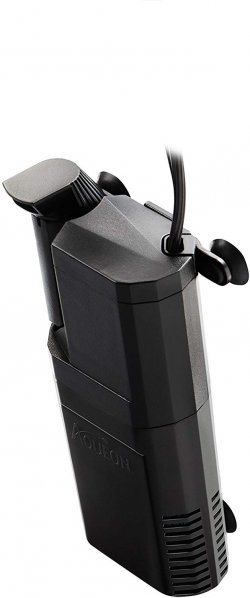FishHobby99
Fish Gatherer
I have never been nitrate free. No matter how many water changes. It stays ~5.0 ppm.
So belatedly tested the tap water. 5.00 ppm. Previously tested (api) for ammonia. Tested pH with meter. Both good. Goggled & stumbled into another fish forum & joined. Guys there all said my tap water reading is fine. Such a relief! Hope you guys agree.
So belatedly tested the tap water. 5.00 ppm. Previously tested (api) for ammonia. Tested pH with meter. Both good. Goggled & stumbled into another fish forum & joined. Guys there all said my tap water reading is fine. Such a relief! Hope you guys agree.




